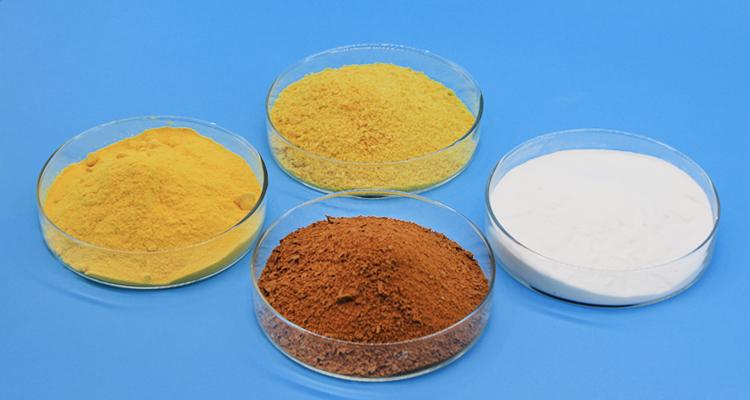
This blog post “Explore the classification and application fields of Polyaluminum Chloride (PAC)” provides an overview of Polyaluminum chloride (PAC) based on its use and process.
PAC is categorized into drinking water grade, food grade, and industrial grade based on its application. It can be produced through drum drying or spray drying methods. Drum-dried PAC with alumina content below 26% is suitable for urban domestic sewage treatment, while the 28% industrial grade is ideal for industrial wastewater treatment. PAC with alumina content above 29% is considered drinking water grade and is used in industries with high water quality requirements. Spray-dried PAC has a lower alumina content and is typically used in various industries for water treatment.
The blog post also highlights the storage precautions and implementation standards for food grade and industrial grade PAC. Safety measures during handling and usage are emphasized, along with the recommended dilution ratio for effective treatment.
Contents
The Classification and Application Fields of Polyaluminum Chloride
Drum drying.
The appearance is grainy and the color is tan to yellow. The higher the content, the more yellow the color. The alumina content is 20-30%. Polyaluminum chloride below 26% is suitable for urban domestic sewage treatment and municipal sewage treatment with low turbidity. 28% national standard industrial grade, suitable for industrial sewage treatment. It is mainly used in industries with high water turbidity such as papermaking sewage, oily sewage, printing and dyeing, steel mill sewage, coal washing, plastic wastewater, etc.
More than 29% are national standard drinking water grade products. It is mainly used in pure water plants, water companies, pharmaceutical factories, food processing plants and other industries with high requirements for water quality treatment.
Spray drying.
The appearance is powdery, and the color is yellow and white, and the content is lower such as 26%, and the color is yellowish-brown. The alumina content varies from 26-30%. Storage precautions: each prepared agent can not be placed for too long, solid storage, the cycle is one year, pay attention to moisture, can not be stored together with other chemical agents, and different manufacturers of brand water treatment agents can not be mixed.
The current implementation standard for food grade GB15892-2009, and the current implementation standard for industrial grade GB/T22627-2014. The appearance of food-grade PAC is white powder, which is a kind of spray drying, which is refined from aluminum hydroxide and hydrochloric acid, with an alumina content of more than 29%, and the solid is a fine powder like white milk powder. The liquid content of white PAC is 10.0%, the salt base is 40.0-90.0, and the density is 1.12.
The content of industrial grade polyaluminum after the plate and frame filter press process is more than 28%, and the content of alumina is less than 28% for the polyaluminum without plate and frame filtration process. The salt base is 30.0-95.0 industrial grade polyaluminum, which is mostly used to treat industrial production wastewater, for flocculation, precipitation, and finally to achieve clear water quality and recycling.
When using polyaluminum chloride, it should be protected, and if it accidentally splashes on the skin, it should be rinsed with water immediately. Production personnel should wear work clothes, masks, gloves, and long rubber boots. The production equipment should be closed, and the workshop should be well ventilated.
Usage:
Polyaluminum chloride is generally dissolved in a dilution ratio of 5%-10%, stirred evenly to form a yellow-brown or light-yellow liquid. The diluted polyaluminum solution is added to the sewage, if there are few alum flowers in the sedimentation tank and the residual turbidity is large, it means that the dosage is too small; If the alum flowers in the sedimentation tank are large and floating, it means that the dosage is too large and needs to be adjusted.
References:
– [GB15892-2009: Food Grade Polyaluminum Chloride](GB 15892-2009 English PDF (chinesestandard.net))
Last Updated on 2024-06-13 by system
